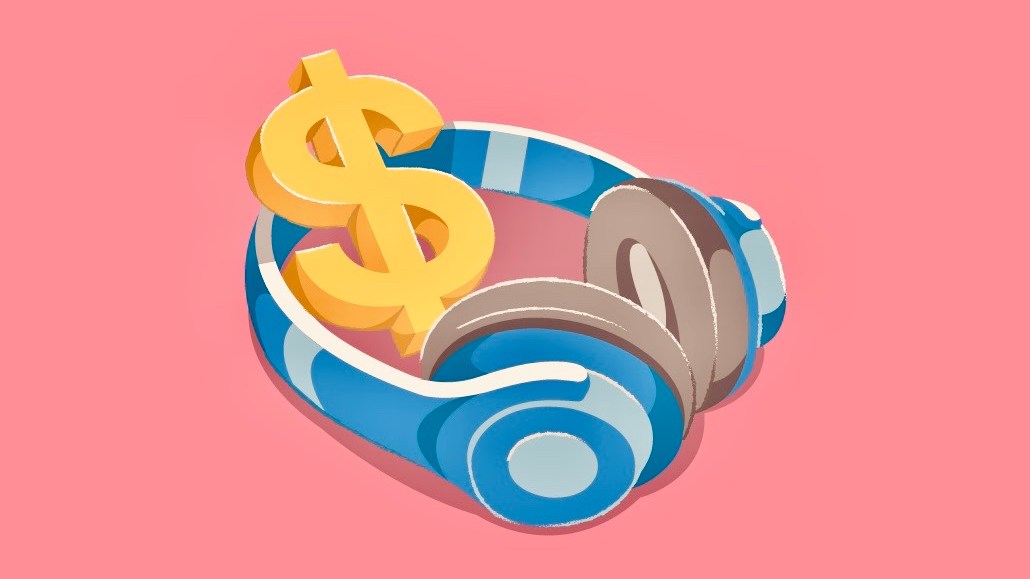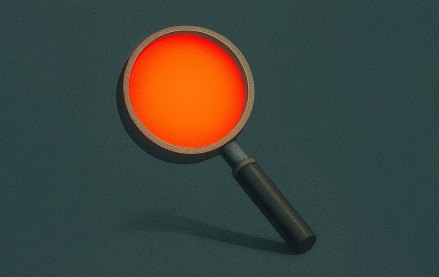Join us Dec. 1-3 in New Orleans for the Digiday Programmatic Marketing Summit
Media buyers say programmatic spend on Spotify is increasing as platform builds its own SSP

As Spotify closes in on its first-ever profitable year, media buyers say advertisers are changing the way they spend on the platform.
The audio streaming platform posted its third-quarter earnings report at the close of the New York Stock Exchange on Tuesday (Nov. 12), recording $4.2 billion (€3.98 billion) in revenue — putting it well on track to record its first profitable financial year, 16 years after it was founded.
According to media buyers and media data firm Guideline, programmatic spend is also rising on the platform. Lindsey Freed, svp of media investment at Basis Technologies told Digiday that private marketplace and programmatic guaranteed buying were up about 8% year-over-year, while clients had increased their overall Spotify spend by 75%, relative to 2023.
Spotify embraced programmatic media trading back in 2015 with the introduction of a private marketplace offering that year; it’s had a programmatic guaranteed offering since 2021. Last month, Spotify confirmed that it is piloting its own ad exchange or supply-side platform, Spotify Ad Exchange, likely an effort to pad its advertising margins.
Spotify’s ad revenue is still dwarfed by its subscriber income, accounting for 11.8% of the quarter’s total revenue, but advertising revenues are rising. Q3 came in at $500 million (€472 million), a slight increase on Q2’s $483 million (€456 million) and a 6% year-over-year increase on 2023’s third quarter.
The company doesn’t break down its advertising revenue by ad format, and chief financial officer Christian Luiga didn’t indicate what proportion of its ad dollars came in via its programmatic business. But based on data from the industry’s largest media agencies, advertising data firm Guideline estimated that programmatic buys on the platform grew almost 58% year-over-year, compared to just 4% for direct buys.
“Our ad business to date has been heavily reliant on direct sales and top of funnel brand spend,” Luiga told analysts. “We have now diversified aside and changed our platform… 2025 will be a year of testing and trying out this, and we will see the impact going into 2026. It is early days.”
Media buyers also suggest that, despite Spotify’s past reliance on direct, programmatic buys are rising as more advertisers look to dip their toes in podcasts alongside music streaming.
According to Kashif Dalvi, head of strategy at media agency Assembly Europe, programmatic was attractive for marketers relatively new to audio advertising.
“Overall, I think programmatic is a more accessible route for both brands and advertisers. It’s easier to test and measure, ultimately giving brands rationale to invest,” he said in an email, adding that Spotify was set to be “a major part in our media planning conversations in particular for 2025.”
Though buyers said that Spotify represented a minority of media budgets assigned to audio, several said it was a significant one — and as overall audio media investment has risen, so has Spotify’s share. “Audio is increasingly integral to our strategic discussions,” said Dalvi, who didn’t share details of client spending.
Josh Morphew, client strategy managing director at PMG, said that for one unnamed grocery client audio accounted for 30% of its media spend. Within Spotify’s slice of that particular pie, he said, amounted to “well into the millions.“
Harry Browne, vp, TV, audio and display innovation at Tinuiti, said the scale of Spotify’s user base relative to competing audio platforms (SiriusXM, owner of Pandora, claimed in September that it has 150 million listeners) made it a front-runner for brands. “If you’re running on audio… you need to have a piece of your investment on Spotify, given the audience,” he said.
402 million users now use Spotify’s ad-supported tier, up from 393 million in the second quarter. That’s an 11% increase on the same period last year. Luiga said it expected to add 18 million more ad-supported users during the next quarter.
Of Tinuiti’s roughly 30 clients spending on audio, Browne said that ”the vast majority” did so via programmatic. “The ability to access Spotify programmatically through a DSP has opened up opportunities for measurements that are just as robust as what we’re getting in other channels,” he said.
Spotify clearly expects programmatic to supply further ad growth. Daniel Ek, the platform’s CEO and co-founder, told analysts that its ongoing focus would be “meeting marketers where they want to be met, and that is in the programmatic marketplace, and enabling them to more easily buy across Spotify the network.”
In particular, Dalvi said that programmatic offered a means for advertisers to take advantage of podcast listenership on Spotify — and begin transitioning from experimental budgets to scaled activation.
Media buyers said podcast host reads or sponsorships can offer brands a valuable means of reaching engaged, niche audiences. But they require larger commitments of time and cash from brands advertising at scale, and programmatic ads don’t need the same buy-in. ”What we’ve seen so far is brands want to engage in these discussions without committing to a direct partnership, making programmatic a great way to engage with consumers in these contexts,” he said.
Even for buyers whose clients had to date primarily bought direct, programmatic appears to be on the rise. At PMG, Morphew said the “majority” of the agency’s clients bought direct with Spotify but that programmatic spend was increasing, without providing specific figures.
T&Pm’s executive director, media and product, James Weinberg, also said he expected the programmatic spend to rise. “In line with automation across the industry, it’s more likely that we’ll be moving to a programmatic route to Spotify probably over the next 12 to 18 months,” he noted.
More in Media Buying

Kroger launches AI-generated email digest for suppliers
Kroger has launched a weekly AI-generated insights report for brand executives, analysts or category managers to analyze their performance.

Target to launch new shopping app within ChatGPT
In partnership with OpenAI, Target plans to launch a new Target app within ChatGPT beginning the week of Thanksgiving and Black Friday.

Media agencies use AI search insights to predict what audiences want
Media planners and buyers hope to learn how to better target investments by scrying shifting search habits.









